
Summary
- Pretty Pretty Please I Don’t Want to Be a Magical Girl is a unique take on the magical girl genre with a protagonist who despises her magical duties.
- The characters are likable with fresh takes on familiar archetypes and dynamics.
- The series subverts genre expectations with a brilliant reversal of magical girl tropes, showcasing a mix of homage, parody, and sincerity.
It’s clear as day that anime and manga have become a common part of our modern culture. With an increasing number of creators, who grew up during the late 90s and early 2000s, now producing content in the same fields they admired as children – such as animation or comics – we’re witnessing some truly distinctive works that carry a strong resemblance to the most influential pieces of entertainment media the world has ever known.
Kiana Khansmith’s (known online as Kiana Mai) work titled “Pretty Pretty Please I Don’t Want to Be a Magical Girl” has garnered significant attention, with its pilot episode animatic making waves on YouTube on March 8. Here’s why this heartfelt ode to the classic magical girl anime, like Naoko Takeuchi’s iconic Sailor Moon, is worth your anticipation.
In a predominantly humorous vein, which is my preferred style, the main theme of this idea revolves around the waning enthusiasm for something once deeply cherished. It delves into the struggle between the pressure and expectations associated with maintaining a status as a prodigy in that area, leading to exhaustion. The dilemma arises: How fiercely should one cling to an old passion, or when is it appropriate to relinquish it? Is it morally acceptable to surrender when so many are relying on you?
Sounds bleak, but I promise I’m an optimist and that will always reflect in my work.
– Kiana Khansmith on Tumblr
The Context
A Brief History of the Magical Girl Genre
.jpg)
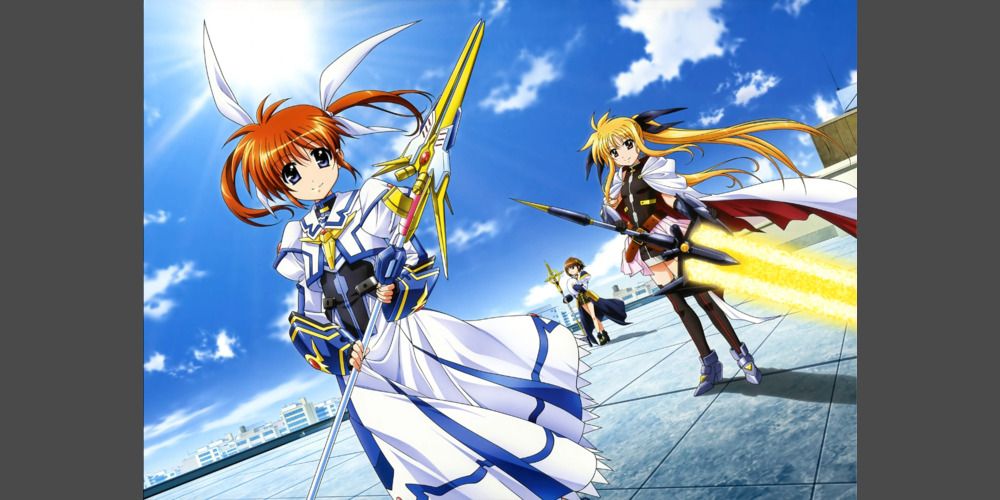
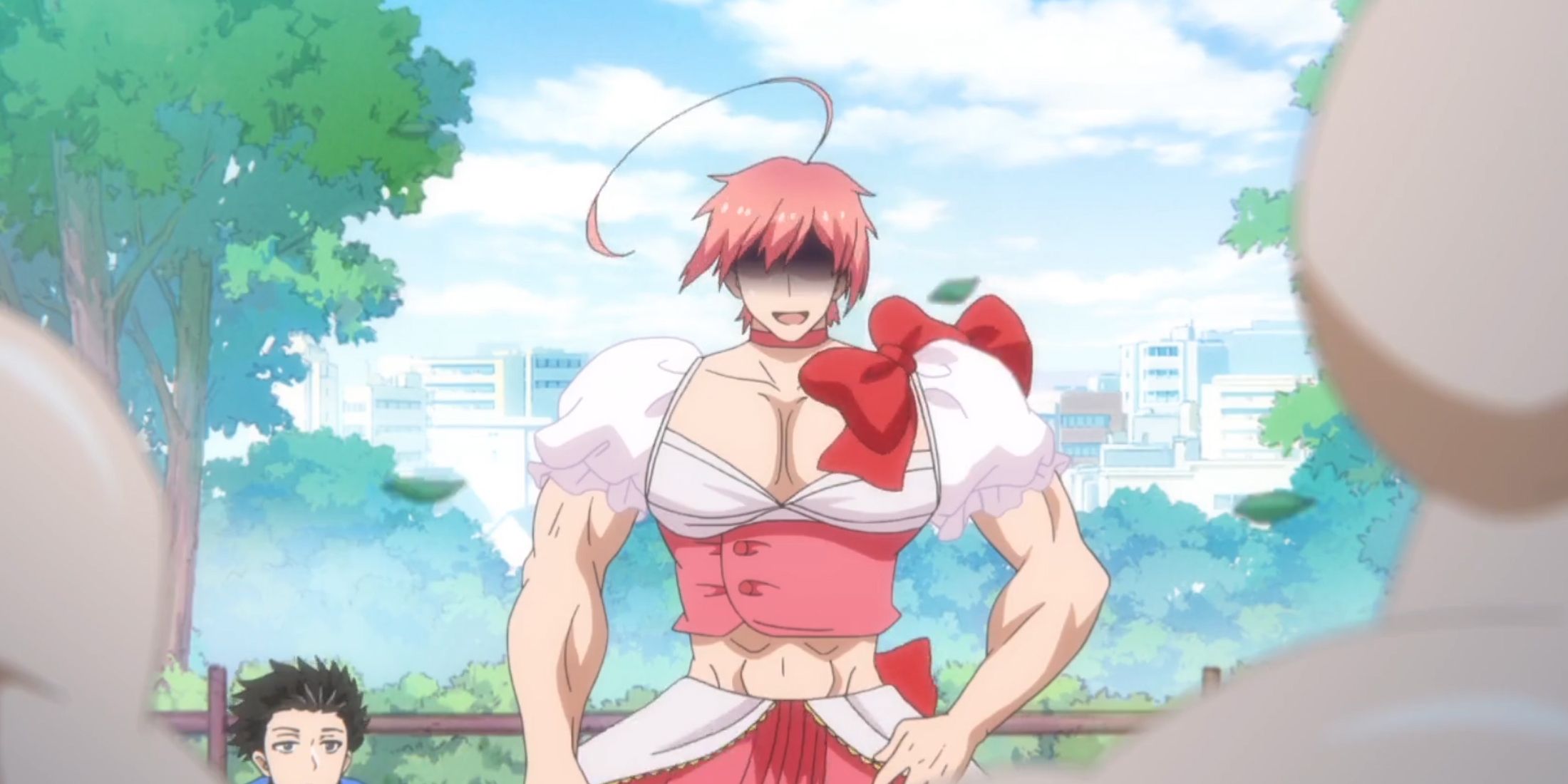

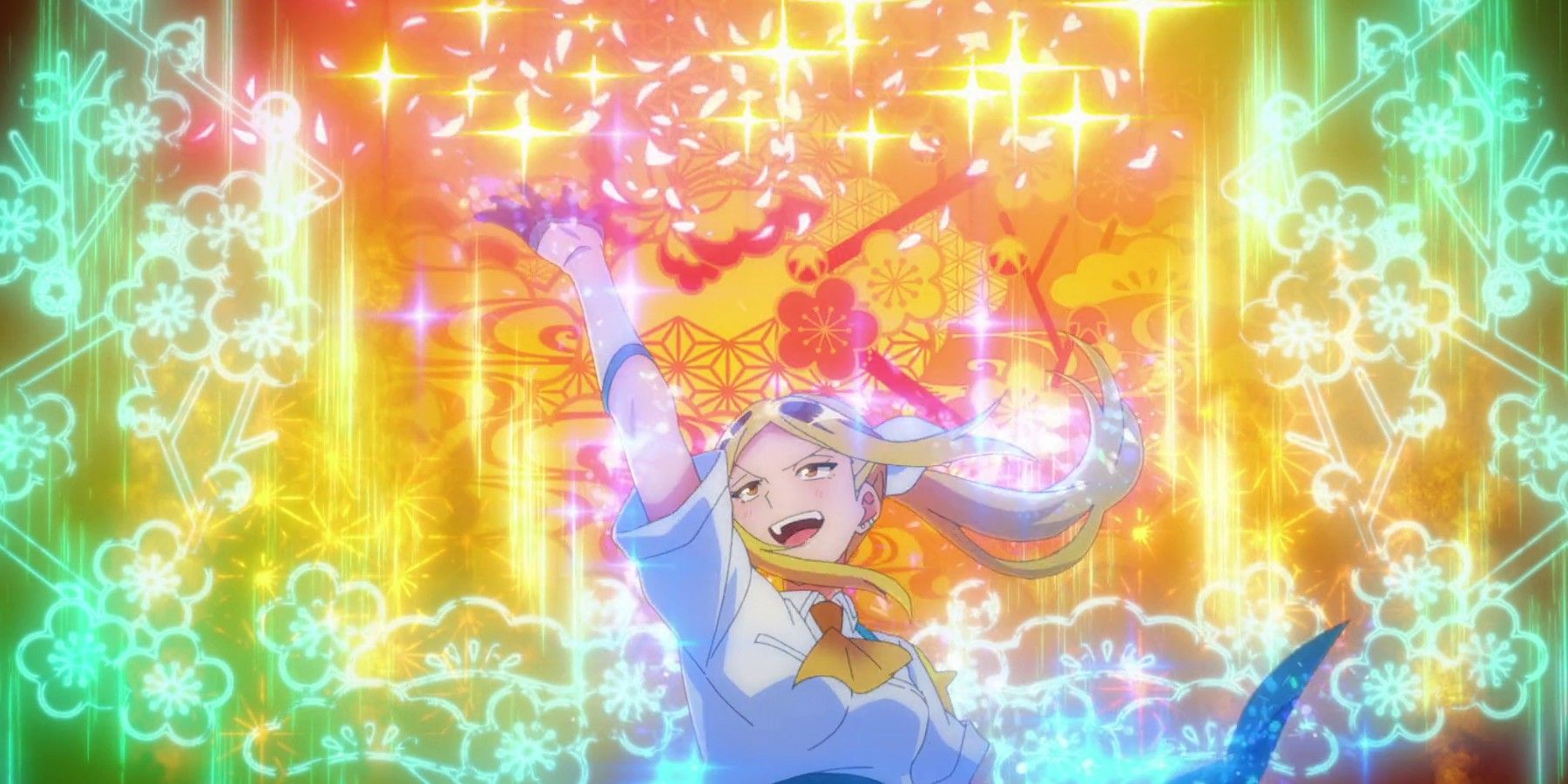

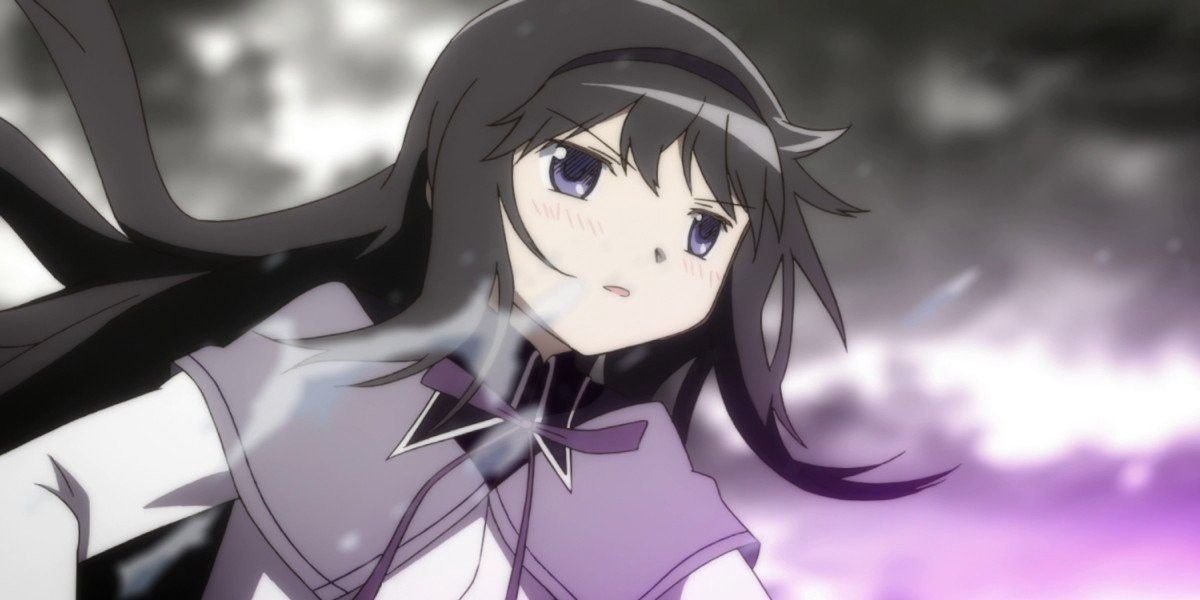
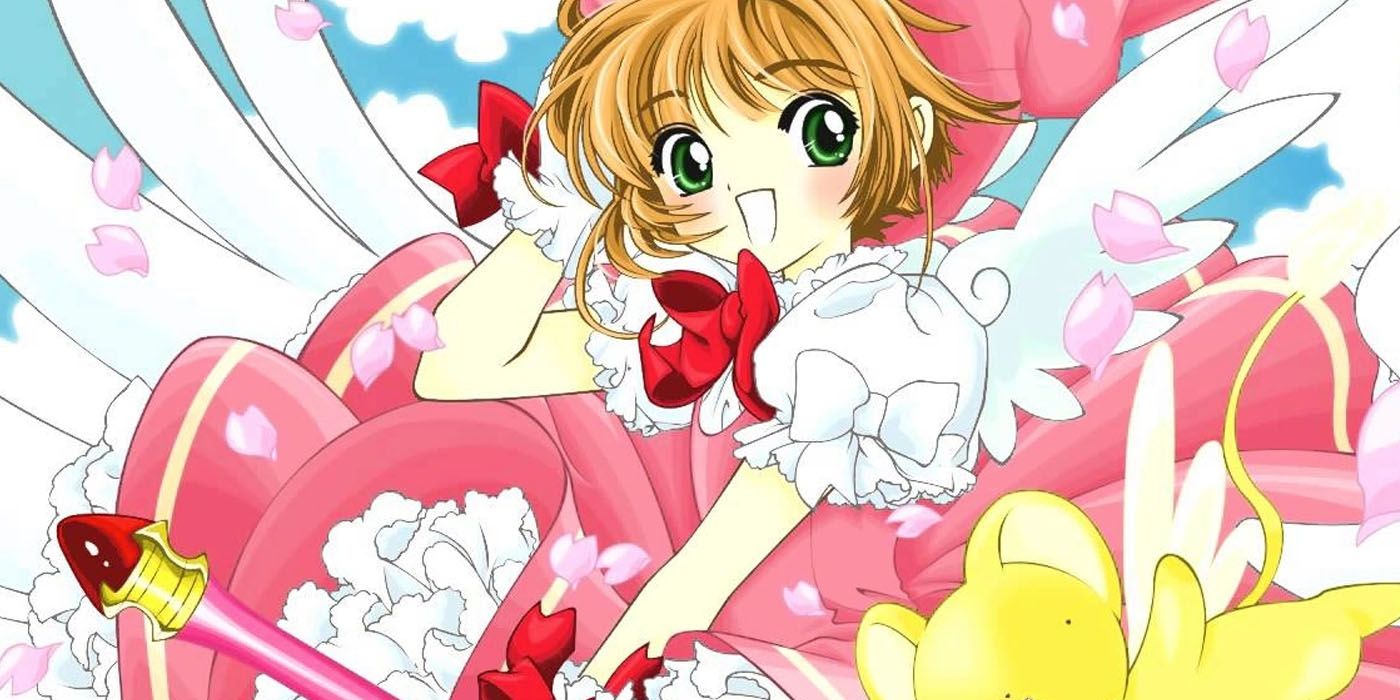
In many classic anime and cartoons like Sailor Moon, Cardcaptor Sakura, Mew Mew Power, Winx Club, WITCH, and others, a common theme is portrayed where a young girl embarks on a heroic journey while managing the challenges of adolescence. This journey becomes even more complex as she gains magical powers to protect the world from evil forces. The Magical Girl archetype in anime and manga has deep roots, with some of the earliest titles recognized under this theme emerging as early as the 1960s, such as Himitsu no Akka-chan (1962) and Sally the Little Witch (1966). Back then, they were often referred to as “Majokko” (“little witches”).
In the 1980s, the concept of the “magical girl” emerged, with series like “Creamy Mami, The Magic Angel” and “Princess Minky Momo”. However, it was only when Sailor Moon redefined the genre by blending transformations and elements from tokusatsu that we can truly say the contemporary magical girl was born.
Ever since then, this subgenre has persisted in its popularity and is often hailed as a stronghold of the expansion of anime and anime culture. For instance, “Puella Magi Madoka Magica,” which debuted in 2010, gained immense popularity due to its dark take on traditional tropes and deep philosophical themes that challenged what magical girl anime was previously expected to achieve. Additionally, Toei Animation’s “Pretty Cure” franchise remains popular, with their films ranking as the 7th highest grossing anime film series in history.
In various forms of entertainment, magical girls have become a common theme, leading to other works that challenge the conventional elements of this genre and spark intriguing debates about what truly defines a “Magical Girl Anime.” Titles like KILL LA KILL are sometimes included in these discussions. The anime Pretty Pretty Please I Don’t Want to Be a Magical Girl offers another fresh perspective on the genre, introducing an original twist.
Aika’s perspective on her occupation mirrors my personal journey as an artist within the animation field. Since childhood, I nurtured a passion for art and aspired to become a professional artist one day. My entry into Disney was exhilarating and filled me with joy! However, there came a time when the industry seemed less vibrant, and the work became more of a chore, causing me to question my initial enthusiasm for the job.
Through the encouragement and passion of my friends, I’ve managed to change my perspective, serving as a model for the character Zira. Surrounding oneself with like-minded individuals often ignites similar enthusiasm within oneself. Here’s hoping that Aika experiences a transformation similar to mine!
– Kiana Khansmith, Crunchyroll interview March 10, 2025
What Is Pretty Pretty Please I Don’t Want To Be a Magical Girl?
Who Wants To Be A Hero Anyway?

Developed by Kiana Khansmith, an Annie Award-nominated storyboard artist, Pretty Pretty Please I Don’t Want To Be a Magical Girl is a work in progress that delves into the life of Aika, a teenager who harbors a secret: she’s actually a magical girl. The intriguing aspect is that Aika vehemently opposes her magical identity, yearning for an ordinary existence instead. To achieve this, Aika enrolls at School McSchool Memorial School, a local high school, hoping to establish a fresh, normal life for herself.
In a different setting, Aika encounters an ordinary girl named Zira, yet her secrets persistently trail behind her, to Aika’s misfortune. Despite being only a short pilot animation for the series, it manages to ignite anticipation among viewers by going beyond mere parody of the magical girl genre. It masterfully combines subversion and parody, while also paying tribute, achieving both remarkably well. Similar to previous titles, it portrays Aika as an average schoolgirl, though her character is subtly distinguished, showcasing her fondness for the ordinary, just as one might admire a magical girl’s powers (and later will).
https://embed.tumblr.com/watch?v=post/t:vw-CZNKiHaA_Piu0lwhJ6A/761134787595517952
The Characters Are Very Likable
Fresh Takes on Familiar Character Archetypes

In the school cafeteria dialogue between Aika and Zira, it’s evident that they find common ground, but what truly breaks down Zira’s reserved facade is Aika’s heartfelt curiosity about her. Far from being merely likable, the characters in “IDWTBAMG” are captivating; they embody familiar magical girl anime archetypes, yet each character maintains a distinct, invigorating charm. Much like Aika, who harbors intense loathing for her job, reaches boiling point when Eclipse, an emissary of darkness, intrudes upon the cafeteria and menaces her.
Instead of responding with typical outrage at his risking innocent lives, as any normal magical girl might do, she adopts an unfazed demeanor before carrying out her actions. Aika’s emblematic character, Hoshi, bears a fitting name as a winged star angel, reminiscent of the numerous “pink creatures” seen in Pokémon Fairy types. This design influence stems from creator Kiana Khansmith’s strong affinity for series such as Pokémon and Beyblade, which is clearly reflected in Pretty Pretty Please I Don’t Want to Be a Magical Girl.
The interaction between Aika and Hoshi recalls familiar humor in mascot-protagonist relationships, but since Aika despises her job, Hoshi’s emergence at school triggers an unusual twist. When Aika encountered her mascot at school, she was filled with profound dismay, emphasizing the title’s message. Furthermore, the characters became more appealing due to the exceptional voice acting by a skilled ensemble of actors, such as:
- Anairis Quiñones as Aika
- Bennett Abara as Zira
- Aleks Le as Eclipse
- Shara Kirby as Lady DeVoid
- Michele Knotz as Teacher
- Marieve Herington as Sidney the Kidney Girl
The Brilliant Reversal
Perhaps IDWTBAMG’s Strongest Weapon
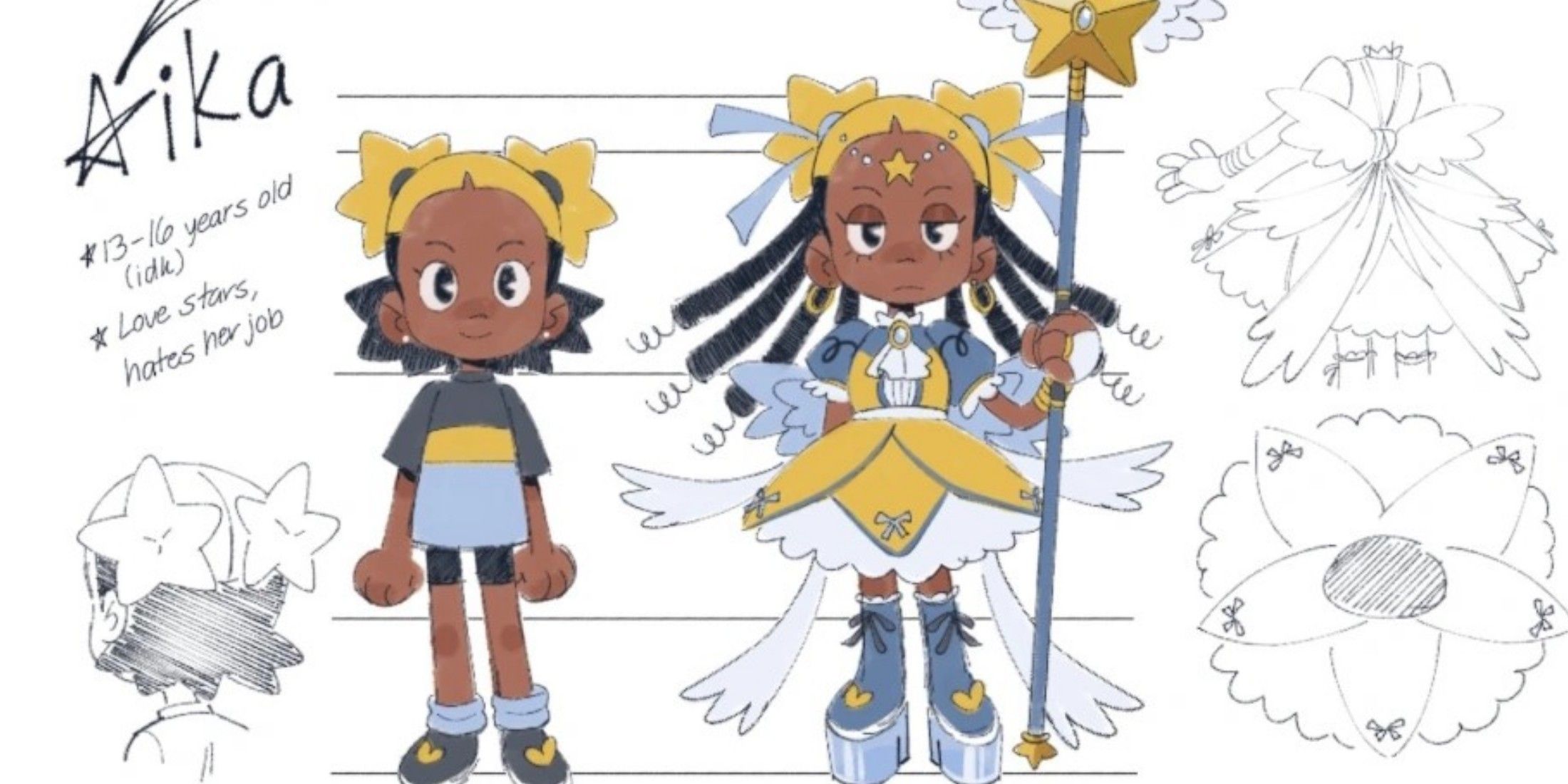
What makes Pretty Pretty Please I Don’t Want to Be a Magical Girl unique and full of potential is its innovative approach to the story it tells, which is to challenge and redefine our expectations of the magical girl genre. For example, Aika’s character is constructed around her desire for normality initially, and she is enamored with the idea of just being a high school student – a twist on the typical magical girl protagonist who seeks escape from the ordinary through the magical.
When Hoshi bursts free from its confines to confront me at school, I crumple in dismay. But when Eclipse shows up, instead of delivering the usual spectacular transformation scene that this anime genre is known for, I unremarkably blink into my magical girl attire (it truly looks stunning!), confirm all of Hoshi’s routine prompts with a quick “yes to all,” and swiftly conjure a lead pipe rather than a breathtaking super blast, to vanquish the enemy.
Kiana is truly phenomenal. It’s been an immense privilege for me to lend my voice to Eclipse in this pilot, and I’m deeply grateful for the opportunity. They’ve assembled a remarkable group of gifted individuals, and I couldn’t be prouder of each and every one of them 🔥 A million views? Let’s make it happen! 🎉
– Aleks Le, voice of Eclipse
In my opinion, as a passionate viewer, Aika’s drooping eyelids during her transformation scene subtly express dissatisfaction or detachment from her job, creating a striking contrast to the usual enchanting atmosphere associated with magical girl transformations. On the other hand, Aika’s brutal and unrefined approach in handling her foes, as shown by her use of a lead pipe, brilliantly encapsulates her cynicism – a disillusionment rooted in Khansmith’s personal struggles in pursuing her dream career as an animator, eventually finding herself growing weary of the very work she once cherished. Lastly, I find IDWTBAMG utterly captivating because it masterfully blends nostalgia and novelty – much like a clever parody that tickles my funny bone while simultaneously paying heartfelt homage to its sources.
The most fitting representation of the main ideas in IDWTBAMG is the ‘de-transformation’ scene following Eclipse’s defeat, where all the elements of elegance and grandeur typically seen in transformation sequences are used to show Aika reverting back to her regular form. This is a significant aspect of her character that she values highly. The scene is both amusing and emphasizes the core idea, while also embodying classic magical girl anime characteristics. Several parts of this pilot episode, including the de-transformation sequence, make viewers eager for more.
Follow Kiana Khansmith online:
YouTube
X
Tumblr
Read More
- Devil May Cry Netflix: Season 1 Episodes Ranked
- Unlock the Magic: New Arcane Blind Box Collection from POP MART and Riot Games!
- Top 8 UFC 5 Perks Every Fighter Should Use
- Unlock Roslit Bay’s Bestiary: Fisch Fishing Guide
- How to Reach 80,000M in Dead Rails
- Unlock the Best Ending in Lost Records: Bloom & Rage by Calming Autumn’s Breakdown!
- Jujutsu Kaisen Shocker: The Real Reason Gojo Fell to Sukuna Revealed by Gege Akutami!
- How to Unlock the Mines in Cookie Run: Kingdom
- You’re Going to Lose It When You See the Next Love and Deepspace Banner!
- MHA’s Back: Horikoshi Drops New Chapter in ‘Ultra Age’ Fanbook – See What’s Inside!
2025-04-21 05:09